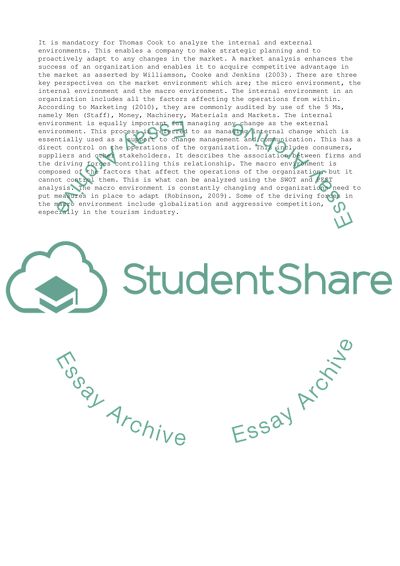Cite this document
(The Macro Environment of the Travel and Tourism Industry in the UK Research Paper - 11, n.d.)
The Macro Environment of the Travel and Tourism Industry in the UK Research Paper - 11. Retrieved from https://studentshare.org/management/1747042-strategic-management
The Macro Environment of the Travel and Tourism Industry in the UK Research Paper - 11. Retrieved from https://studentshare.org/management/1747042-strategic-management
(The Macro Environment of the Travel and Tourism Industry in the UK Research Paper - 11)
The Macro Environment of the Travel and Tourism Industry in the UK Research Paper - 11. https://studentshare.org/management/1747042-strategic-management.
The Macro Environment of the Travel and Tourism Industry in the UK Research Paper - 11. https://studentshare.org/management/1747042-strategic-management.
“The Macro Environment of the Travel and Tourism Industry in the UK Research Paper - 11”, n.d. https://studentshare.org/management/1747042-strategic-management.


